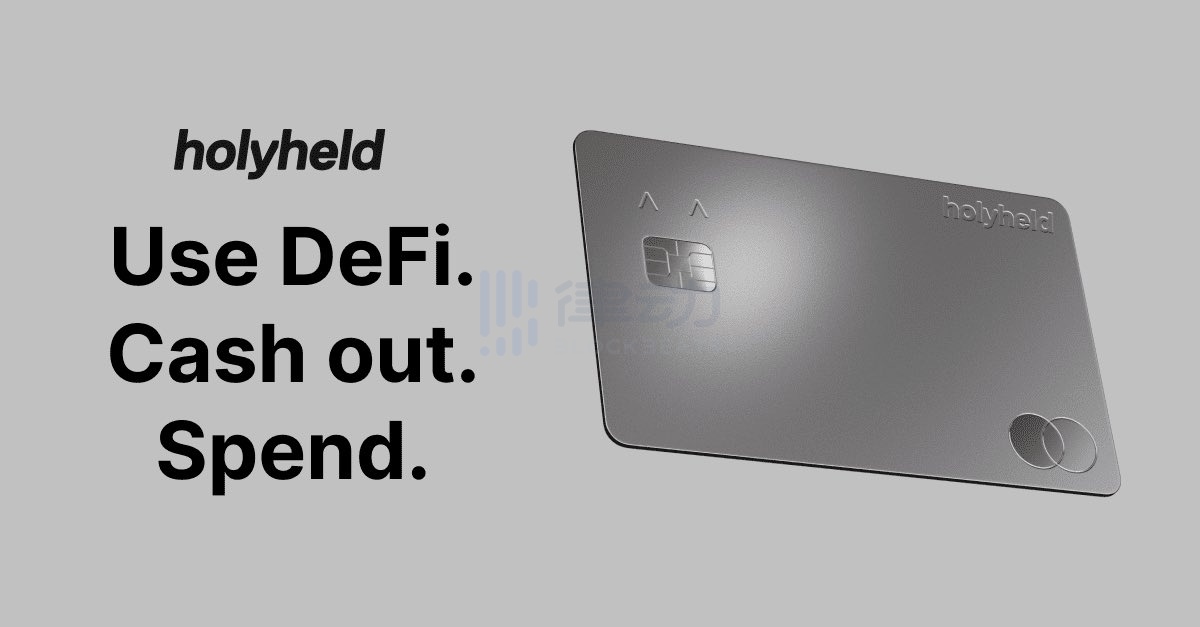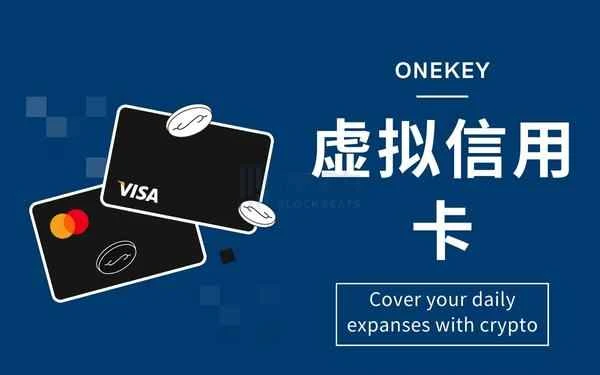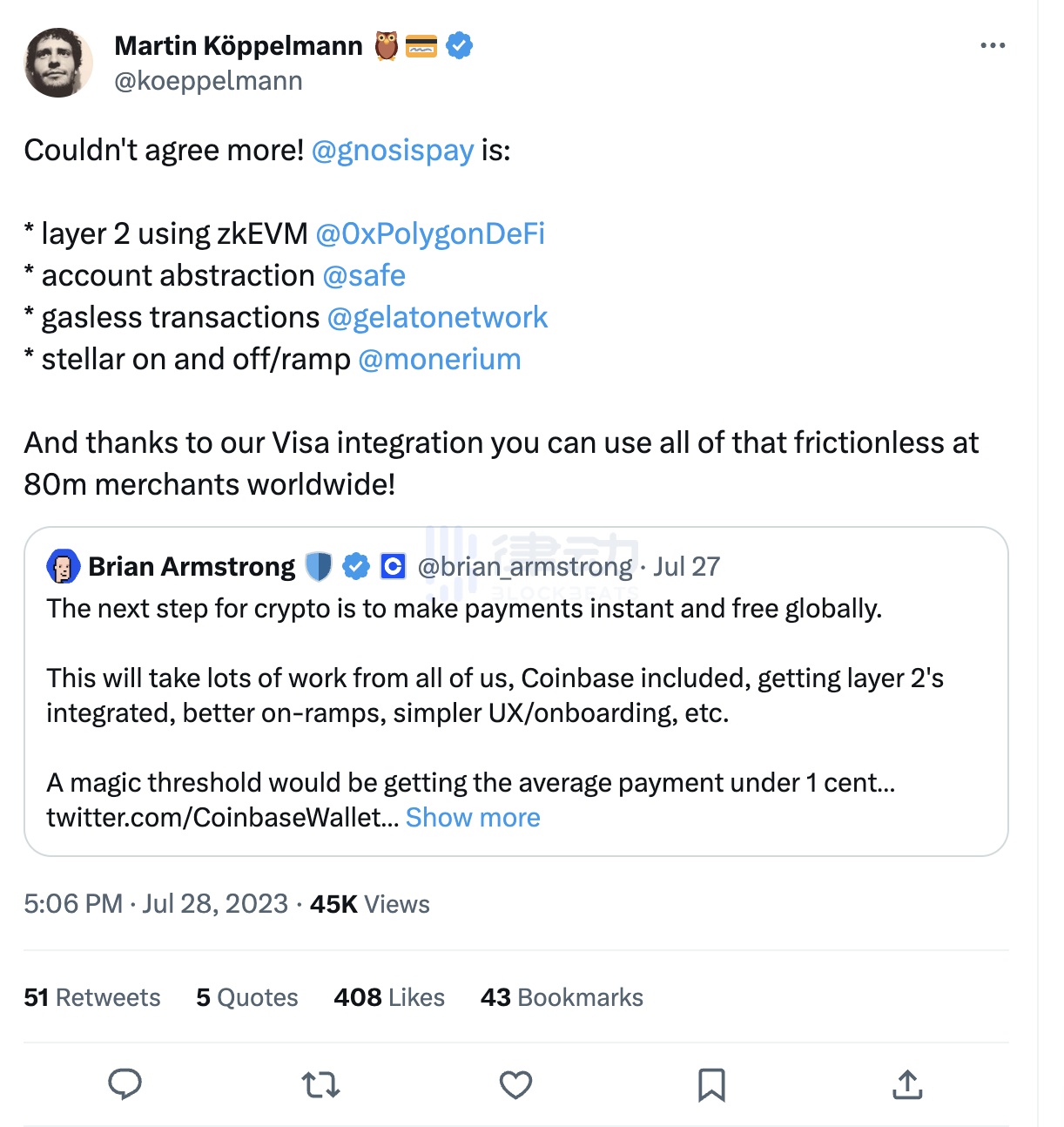The U.S. payment giant PayPal announced last night that it will launch a compliant digital stablecoin, PYUSD, which will be issued by Paxos Trust (the former issuer of BUSD). It will be fully backed by U.S. dollar deposits, short-term government bonds, and similar cash equivalents, and will gradually become available to PayPal customers in the U.S. in the coming weeks. Eligible U.S. customers will be able to buy and sell PYUSD directly through PayPal at a price of 1 USD.
In addition to supporting the transfer of PYUSD between PayPal and compatible external wallets, it also supports exchange with any cryptocurrency. Furthermore, PayPal will provide users with available payment scenarios, including the option to use PYUSD for purchases and peer-to-peer payments.
In the future, PYUSD will also support the mobile payment service Venmo. Considering that Venmo processes nearly $10 billion in transactions monthly and PayPal currently has 430 million users, it can be imagined that widespread adoption of PYUSD as a payment method by retailers will lead to significant crypto usage.
Compliant fiat on-ramps and off-ramps are expected to introduce more liquidity to the crypto ecosystem. Payment scenarios based on real use cases mark the first application of stablecoins in the crypto industry that interfaces with traditional finance and the real economy. These are positive market signals for the crypto bear market.
As traditional financial systems move closer to digital currencies, native crypto projects are also striving to connect with the real world and actively seeking their own real users. These include "crypto debit cards that can be used to buy coffee with cryptocurrency," "support for peer-to-peer self-hosted payment systems," "native crypto wallets," and "cross-border fiat off-ramp services for enterprise users."
Regardless of their specific implementation, they all share a common feature, which is "bridging the gap between on-chain and off-chain," showing a possibility for the crypto industry to interface with the real world beyond RWA.
Low-cost, compliant, native crypto wallets that are as smooth to use as WeChat Pay are beginning to embrace more real users in the crypto industry, perhaps starting with everyday activities like buying coffee with cryptocurrency.
Non-custodial P2P Payment System Beam
Beam is a self-hosted payment wallet that supports stablecoins and ECO tokens, with a user interface and user experience similar to Web2 P2P applications. It supports peer-to-peer payments and aims to become the on-chain version of Venmo.
The key advantage of Beam is that it not only provides a smooth native crypto payment experience, but also reduces payment fees to negligible levels.
Being native to crypto means that the wallet is non-custodial, and centralized entities such as banks or exchanges cannot access user funds. However, non-custodial wallets currently face the challenge of "complex user experience." Beam aims to make decentralized wallets intuitive enough for even newcomers to cryptocurrencies to use within minutes.
By adopting the ERC-4337 account abstraction standard, Beam eliminates a series of complex concepts such as wallet addresses, blockchains, keys, mnemonics, and ETH gas fees. Even novices can use cryptocurrencies for remittances without any concerns. New users can create a wallet by visiting the official website, and then link their Twitter account to save wallet login and access permissions.
In addition, Beam supports users to pay fees with tokens. For example, if transferring USDC, the transfer fee is paid in USDC (without the need for ETH). Built on the Optimism and Base networks, Beam's transaction fees are also quite low.
In the early stages, Beam targets peer-to-peer payment scenarios, aiming to create a globalized on-chain version of Venmo, especially in dollar areas outside the U.S., with the ultimate goal of becoming a global version of Visa.
The application is "immediately available globally," in contrast to traditional financial products, which "need to be rolled out country by country because you have to touch the banking rails of each country."
Beam is launched by the crypto payment startup Eco, which is supported by a16z and has raised a total of $95 million in funding, with other investors including Coinbase Ventures, Founders Fund, Lightspeed Venture Partners, and Pantera Capital.
Gnosis Card: Visa Debit Card Linked to Wallet Gnosis Card is a crypto debit card issued by Gnosis, directly linked to the user's on-chain account, supporting users to spend digital assets from their wallets at any store that accepts Visa cards. It aims to enable Web3 users to use stablecoins for everyday purchases, similar to using fiat currencies.
While widespread adoption in the physical world may still be a long way off, this real-time conversion of fiat to the physical world through assets allows ordinary users to enjoy the freedom of spending crypto assets in the real world.
Underlying Technology Network Gnosis Pay
Gnosis Card is supported by Gnosis Pay, a decentralized payment network developed by Gnosis based on Polygon's zkEVM, which serves as a layer 2 chain supporting any EVM-compatible layer 1 network, enabling faster and cheaper transactions compared to layer 1 chains.
Whether it's the traditional banking system, Visa, MasterCard, Alipay, etc., they can directly interact with this L2 payment network, and users' Safe contract payment wallets run on this L2.
It is worth noting that as an important partner of Gnosis Card, the Euro stablecoin EURe issued by Monerium will be used by Gnosis Pay for on-chain and off-chain payments to reduce bridge risks. Meanwhile, Monerium supports users in associating their crypto wallets with international bank accounts or IBANs. After associating the wallet address, users can obtain an IBAN account that can be "used to send and receive euros in the SEPA system (including CEX)."
The rest of the text has been translated. If you need further assistance, feel free to ask.
As the world's first Web3 IBAN, Monerium is an authorized and regulated electronic money institution (EMI) that issues authorized and regulated Web3 Euro tokens "EURe," which are supported on Ethereum, Polygon, and Gnosis, and can be sent and received between any bank account and Web3 wallets (Metamask, Safe, and Argent).
IBAN is a standardized system widely used in Europe to identify cross-border bank accounts. When users remit funds from a bank account to an IBAN associated with a wallet, EURe stablecoins are automatically minted on blockchains such as Ethereum and Gnosis and displayed in the wallet. Conversely, when users spend from the wallet, the stablecoin EURe is destroyed, and the corresponding euros are sent to the user's bank account.
Holyheld: Web3 Debit Card

Holyheld is a Web3 debit card supported by Polygon zkEVM. Registering on the official website (http://holyheld.com) provides an encrypted payment card with an international bank account (IBAN), offering currency exchange services between virtual and fiat currencies, as well as support for stablecoin USDC and most mainstream crypto wallets. Android and iOS apps are planned for the future, and physical cards are not yet available.
Holyheld can connect with multiple non-custodial wallets, including Argent, Coinbase Wallet, MetaMask, and Rainbow, and supports multiple networks such as Arbitrum, Gnosis Chain, Optimism, and Polygon, without the need for bridging and centralization compromises.
Users can access http://holyheld.com or the app to order the card, and the virtual card is immediately available. Users can also add it to Google Pay (Apple Pay coming soon) and start using Holyheld without a physical card.
Virtual Credit Card OneKey Card
OneKey Card is a virtual VISA card service launched by the globally renowned digital hardware wallet OneKey, supporting users to pay for daily expenses with cryptocurrencies. Users can top up using USDT/USDC and use the funds for online and offline purchases on major domestic and international e-commerce platforms. OneKey Card is a prepaid card that supports mainland China ID verification and can be linked to electronic payment platforms such as Alipay, WeChat Pay, and PayPay for consumption, supporting most domestic consumption scenarios.

OneKey Card supports consumption scenarios including cross-border shopping (supporting consumption on platforms such as Amazon, Walmart, eBay, Shopee, Lazada, etc.), currency conversion (converting cryptocurrencies to USD, HKD, and other currencies), software subscriptions (used for software subscription services such as OpenAI/ChatGPT Plus API), and daily consumption (can be bound to Meituan for payment of takeout, dining, travel, and other consumption services).
However, OneKey Card will stop accepting new user applications from mainland China, Russia, and other regions starting from September 30. On August 8, the hardware wallet OneKey announced that OneKey Card will stop accepting new user applications from the following countries or regions starting from September 30, 2023: Iran, North Korea, Syria, Russia, North Macedonia, mainland China, Sudan, Venezuela, and Zimbabwe. Activated cards are not affected and can still be used normally. This is to strictly comply with local laws and regulatory requirements and to support more scenarios such as Apple Pay in the future, with physical cards also in the plans.
Utopia Labs: USDC Withdrawal Service for Enterprise Users
Previously focused on becoming a DAO payroll payment system, Utopia Labs has recently transitioned to providing USDC stablecoin bank transfer services for enterprise users, aiming to accelerate the adoption of crypto payments.
This product supports global enterprises in sending USDC to U.S. bank accounts, bridging the gap between fiat and crypto, and improving transaction speed and convenience by avoiding centralized exchanges.
This is particularly useful for enterprises that receive wages and fundraising in cryptocurrencies, such as using USDC to pay service providers with U.S. bank accounts, such as office rent. Other potential use cases include venture capital funds paying investments to project parties or crypto projects processing on-chain revenue withdrawals.
How to Apply?
Enterprise users can submit KYB and KYC verification applications to Utopia Labs and receive approval within 2 working days. Once approved, enterprise users can exchange USDC for dollars at a 1:1 exchange rate, with Utopia Labs charging a 0.3% fee. USDC transfers are unique to the Ethereum blockchain, with no restrictions, and comply with ACH (Automated Clearing House) transfers, typically received within three working days.
Utopia's roadmap includes providing withdrawal services for any token (not just USDC) in the future, supporting other blockchain networks, and providing fiat deposit services. The service supports most countries/regions globally, except for Cuba, North Korea, Iran, Syria, Belarus, and Russia. In addition to crypto payments, Utopia Labs also provides treasury management for Safe (formerly Gnosis Safe) users and token swapping services for users through integration with the 0x protocol, spanning liquidity across over 100 decentralized exchanges.
Previously, Utopia Labs focused on developing a DAO payroll payment system and raised a $23 million Series A funding round led by Paradigm, with participation from Circle Ventures and Coinbase Ventures in 2022, valuing the company at $115 million.
Trends and Characteristics Summary
Although each of the above products has different implementation methods, we can see some consistent trends in the current consumer products, summarized as follows:
1) Smooth user experience brought by account abstraction, providing a seamless experience for users to use cryptocurrencies like traditional credit cards.
Without exception, these products focus on user experience. Despite being native and non-custodial wallets, they provide a smooth experience similar to traditional payment tools. This is mainly due to the application of the ERC-4337 account abstraction standard, which abstracts the complexity of the underlying technology, removing a series of complex concepts such as wallet addresses, blockchains, keys, mnemonics, and ETH gas fees, allowing even novice users to use cryptocurrencies for payments and transfers without any concerns.
2) Furthermore, as David Hoffman of Bankless felt at ETHCC, "underlying performance optimization is ready, waiting for users to arrive," these optimized and increasingly mature underlying solutions will promote a significant reduction in transaction fees.
3) Non-custodial wallets mean that centralized entities such as banks or exchanges cannot access user funds. This is an increasingly attractive practical demand for consumers, especially after the FTX incident. Non-custodial does not mean non-compliant; on the contrary, adoption must be compliant and move in the right direction. This is a trend we are seeing. Fractal provides KYC identity verification services to ensure compliance with "data privacy" laws. In addition, Gnosis Pay's partners conduct anti-money laundering (AML) and counter-terrorism financing (CFT) screening of funds entering L2 accounts. For Gnosis Pay, the L2 solution built on Polygon zkEVM not only processes payments at low cost but also ensures ultimate compliance.
4) A freely combinable underlying technology stack is equivalent to developing products on the shoulders of giants.
One of the benefits brought by blockchain technology is "permissionless openness and composability," which means that most of the time, building an application does not require starting from scratch but can make the most of existing foundational components.
This is a typical characteristic of most Web3 products. The Lens Protocol, a Web3 social graph protocol, is a representative case, forming a thriving ecosystem based on multiple technology stacks that are mutually compatible and freely combinable, using components created by others and being willing to be used by others. This approach can greatly improve productivity.
Non-custodial wallets, as a type of consumer product, are no exception. To reduce transaction fees, they generally use layer 2 scaling solutions, and to optimize user experience, they need to use account abstraction standards, as well as the crucial standardized compliance services provided for decentralized finance.
For example, Gnosis Pay's founder shared the underlying technology stack diagram of Gnosis Pay, including: the Safe for account abstraction, using Gelato for gas-free transactions, a layer 2 chain developed using Polygon zkEVM, and a solution provided by Monerium for withdrawals and deposits.

ETHCC has made us feel the situation of "underlying performance optimization is ready, waiting for users to arrive." As the underlying blockchain infrastructure gradually matures and improves, and various protocol layers and middleware emerge, this way of developing products on the shoulders of giants may change the current scarcity of consumer products.
5) Integration with existing financial systems.
Behind the smooth native crypto payment experience is a series of highly complex processes, including integration with traditional financial systems such as Visa and Mastercard.
In addition, regulated electronic money institutions (EMIs) like Monerium also act as bridges. As the world's first Web3 IBAN, Monerium allows users to obtain an IBAN account that can be "used to send and receive euros in the SEPA system (including CEX)" after associating with a wallet address. It supports the use of its authorized and regulated Web3 Euro token "EURe" on Ethereum, Polygon, and Gnosis, as well as sending and receiving euros between any bank account and Web3 wallets (Metamask, Safe, and Argent).
References:
https://www.theblockbeats.info/flash/159950?search=1
https://twitter.com/andy_bromberg/status/1684605161308925952
https://echo.mirror.xyz/FbaqedtGg7SZuwOXesLnO8-Gk-Nzpna5ZvLZiw2TIFs
https://www.theblock.co/post/240880/paradigm-utopia-labs-usdc-bank-transfers
免责声明:本文章仅代表作者个人观点,不代表本平台的立场和观点。本文章仅供信息分享,不构成对任何人的任何投资建议。用户与作者之间的任何争议,与本平台无关。如网页中刊载的文章或图片涉及侵权,请提供相关的权利证明和身份证明发送邮件到support@aicoin.com,本平台相关工作人员将会进行核查。




